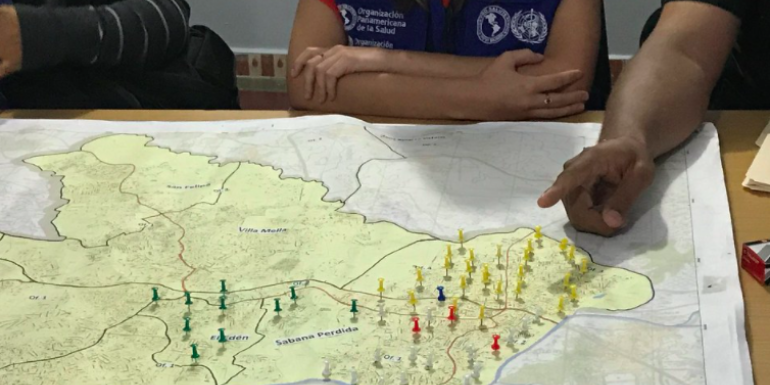
Embedded Implementation Research for the Sustainable Development Goals (SDG) focuses on the system-level changes that are required to improve health, programs, policies, and systems in order to contribute to these goals. Since embedded research is conducted in real-world settings, we need to make sure that research questions originate from people working at the front-line of health matters as well as topics researchers themselves may suggest. Embedded research shines a light on context-specific factors to the real-world health program, policy, and system decisions-including implementation of health interventions-identified by people working within health systems.
In light of this, a joint initiative between the Pan American Health Organization (PAHO), the Alliance for Health Policy and Systems Research (Alliance HPSR) and the UNICEF/UNDP/World Bank/WHO Special Program for Research and Training in Tropical Diseases (TDR) awarded research grants and provided technical cooperation to support health program implementation in ten countries of the Region of the Americas. This research was funded by TDR, a program co-sponsored by the World Health Organization (WHO) as part of the call for proposals: ‘Embedding Research for the Sustainable Development Goals (ER-SDG)’ initiative. This work was also supported by the Alliance for Health Policy and Systems Research and its donors, including national governments and international institutions.
This supplement of the Pan American Journal of Public Health presents the rationale that underpins the embedded research initiative and the findings of these projects that address the Sustainable Development Goals (SDGs), conducted within various health system settings in the Region. The supplement aims to provide critical knowledge emanating from the research while documenting the general embedded research process and its potential outcomes. Through the initiative, PAHO brings its expertise supporting research in the Region to advocate for this innovative way of developing and using science.
The manuscripts will be published as a series during 2021, and many of them will be translated in full text into English.
